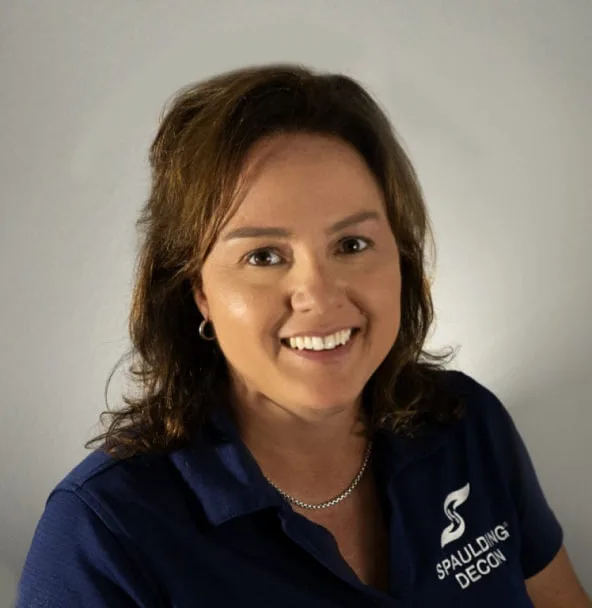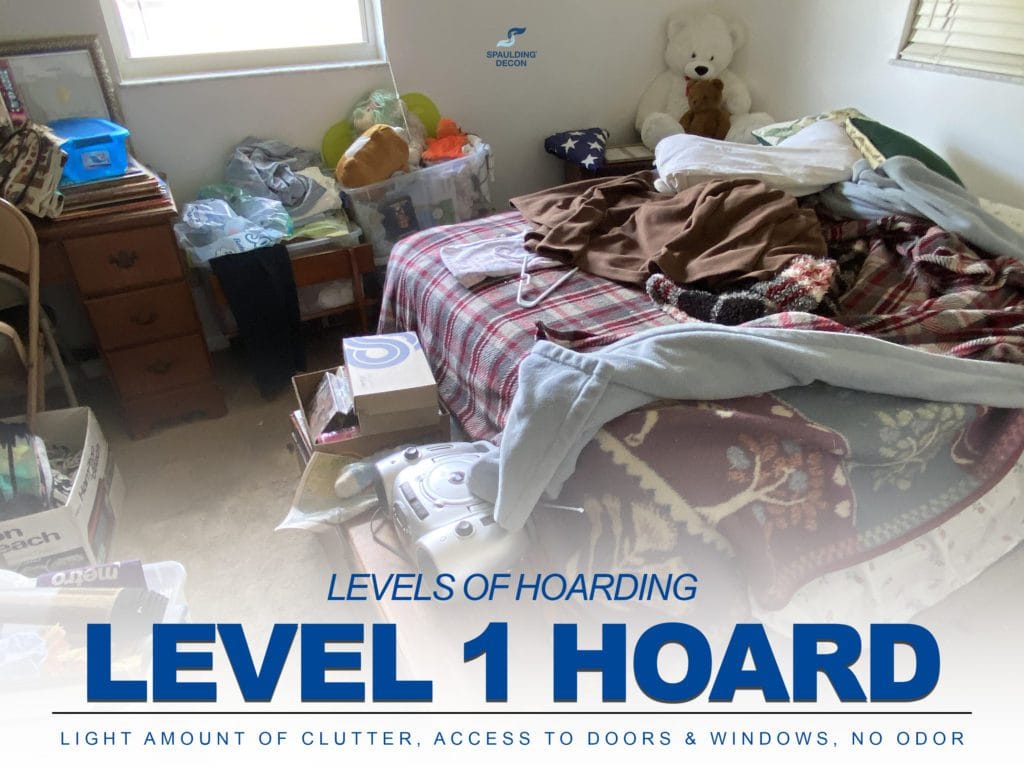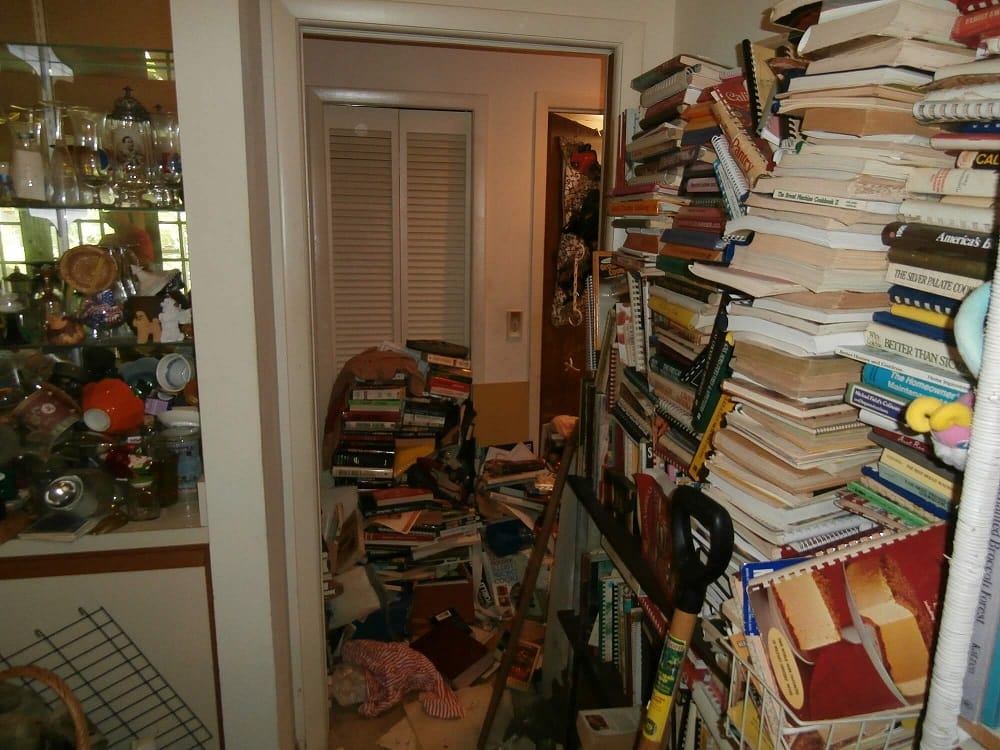During the COVID-19 pandemic, signs warning of only one package of toilet paper for each customer are not an indication of a failure in the supply chain. Rather, its more a mark of an unpredictable event that has turned our lives upside down. Note that hoarding goes beyond having an attic stuffed with stuff or a box of rusty nails. People reach the disorder stage when they cross the line separating busy clutter from addictive accumulation.
Here are some common types of hoarding.
Food Hoarding
You probably know that there are many types of people who tend to store up a little extra food in case of emergencies. However, people predisposed to hoarding can start having strong compulsions about keeping food. And it is worth noting that people who usually struggle with food hoarding typically have some past trauma associated with fears of not having enough food.
Animal Hoarding
Animal hoarding is also common. Despite the restrictions and limits on the number of animals or pets allowed within a condo, home, or apartment, the realistic number for hoarders often greatly exceeds these limits. And note that when these animals become malnourished and do not get the care they need, their safety and health are jeopardized.
Homes of animal hoarders are often accompanied by more clutter, presenting hazardous health conditions associated with germs, animal waste, and bacteria within the home.
Garbage or Trash Hoarding
A person can be identified as a garbage or trash hoarder when they display an inability to discard waste, garbage, or trash. Also, note that garbage hoarders frequently rummage through other peoples trash in order to find treasures of their own. As you can imagine, this inability to differentiate valuable items from harmful waste can be a cause of concern.
Sentimental Hoarding
Sentimental hoarding is a type of hoarding where individuals have difficulty letting go of objects that hold emotional value to them, such as gifts, letters, and photographs. It’s not just about having a lot of sentimental items, but the inability to part with them even if they are no longer needed or useful. This type of hoarding can cause clutter and can lead to living spaces becoming hazardous and uninhabitable.
Media or Paper Hoarding
Media hoarding involves an excessive accumulation of newspapers, magazines, books, or other forms of paper. People who struggle with media hoarding may feel overwhelmed by the sheer volume of paper they accumulate and may be unable to part with it due to the belief that it may be useful in the future. This can also lead to clutter and can cause fire hazards due to the volume of paper stored in one place.
The Consequences of Hoarding
Hoarding can have serious consequences not just for the individual, but also for their families, friends, and communities. Beyond the physical hazards associated with hoarding, it can also lead to social isolation, relationship problems, and financial difficulties. Hoarding can also lead to health and safety issues, such as fire hazards, unsanitary conditions, and increased risk of injury.
It’s important for individuals who struggle with hoarding to seek help and support from mental health professionals, support groups, and loved ones. With the right resources, it’s possible to overcome hoarding and lead a happier, healthier, and safer life.
If you or someone you know is in need of professional support, don’t hesitate to learn more about our hoarding cleaning services. Our team is here to help restore safety and peace of mind—call Spaulding Decon today at +1 (866) 726-2316 to get started.





